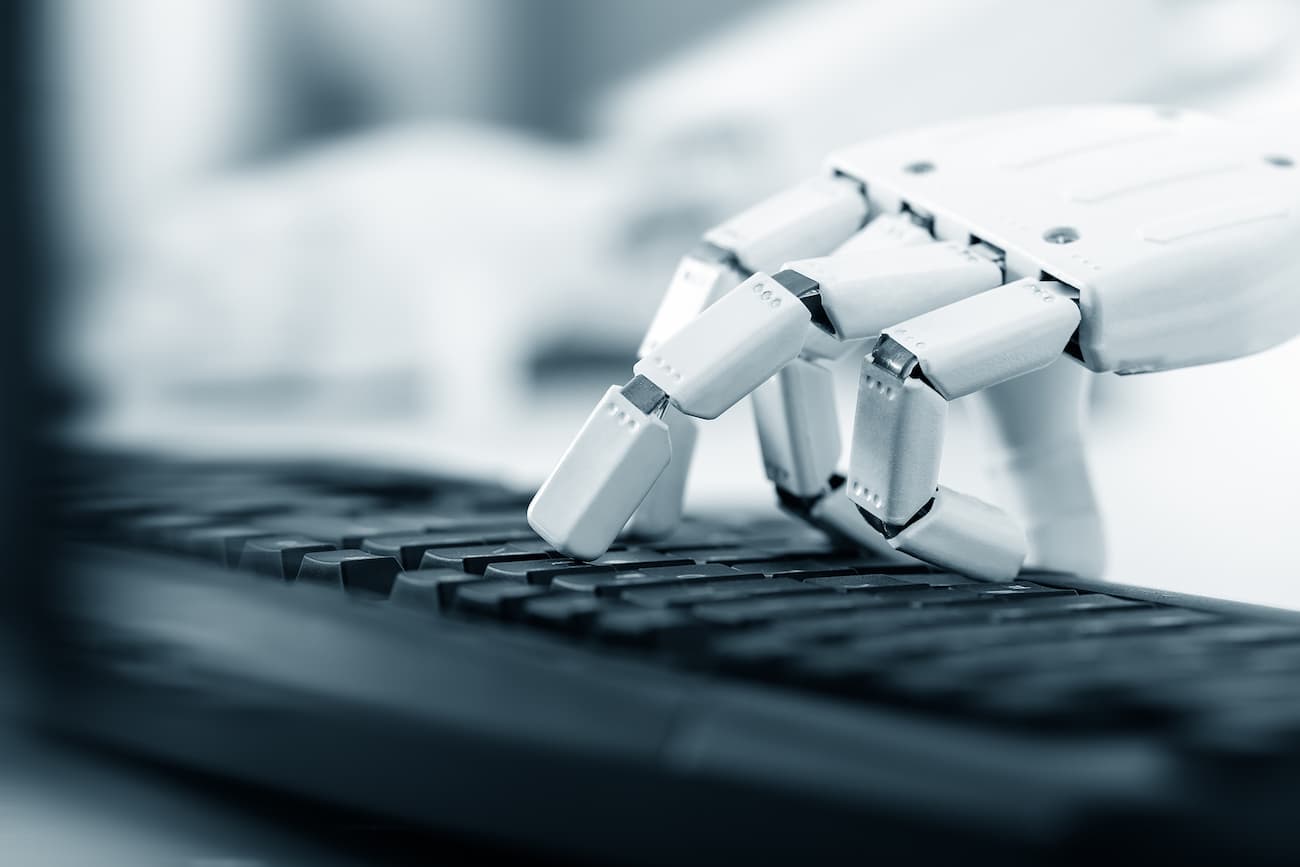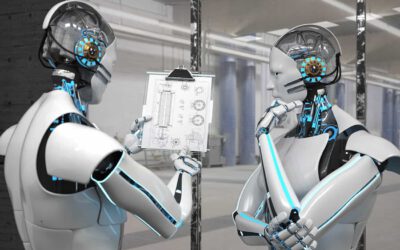Chatbots are intelligent digital assistants that communicate with usersvia textinterfaces. They are used in numerous industries, including in e-commerce,banking&finance and healthcare. Companies use chatbots to automate processes and increase efficiency,improve customer satisfaction and professionalize customer interaction. Thorough quality assurance is necessary for a chatbot to function smoothly and meet user expectations. Crowdtesting offers an effective way to test, optimize and train chatbots under realistic conditions.
Types of Chatbots
Depending on the technology and functionality, different types of chatbots can be distinguished:
Rule-based chatbots work according to fixed rules and predefined scripts. They recognize keywords and respond with standardized answers. This rule-based approach is efficient, but not very flexible when it comes to complex requests.
AI-powered chatbots use machine learning and natural language processing (NLP) to learn from user input and generate dynamic responses. These chatbots are much more powerful than rule-based systems, but require continuous training to provide relevant and contextualized responses.
Hybrid chatbots combine the advantages of both models mentioned above. They are based on fixed rules, but can also react flexibly to individual requests using AI technology.
Areas of Application for Chatbots
Chatbots are used in many areas to make processes more efficient:
In customer service, they automate frequent inquiries, offer support with order tracking or arrange appointments.
In online stores, they can make purchase recommendations, facilitate product searches or enable personalized shopping experiences.
In the banking and financial sector, chatbots help with account management, provide information about transactions or give security advice.
The healthcare sector also benefits from chatbots by reminding people to take their medication or providing telemedicine support.
In HR and recruiting, chatbots make it easier to communicate with applicants, answer frequently asked questions from employees or support the onboarding process.
Advantages of Chatbots
A key advantage of chatbots is their permanent availability. They are available for inquiries around the clock, with no waiting times for users. They are also scalable, as they can process countless inquiries in parallel. This not only reduces support costs, but also enables companies to deploy their resources in a more targeted manner.
Chatbots can create personalized experiences through the use of artificial intelligence. They analyze user data and adapt their responses to individual preferences. At the same time, they provide valuable insights into customer behavior by identifying common questions and problems.
Future Trends in the Field of Chatbots
The development of chatbots is progressing rapidly. Generative AI, for example through models such as ChatGPT, significantly improves the quality of responses and enables more natural-looking dialogs. In addition, chatbots are increasingly being used across various channels, from websites to messenger apps and social media. Advances in sentiment analysis enable chatbots to better recognize emotional moods and respond more empathetically. Hyper-personalization will enable chatbots to respond even more specifically to individual needs in future.
Challenges and Limitations of Chatbots
Despite their numerous advantages, chatbots face various challenges in practice. Rule-based chatbots are severely limited in their flexibility, as they can only respond to predefined keywords and phrases. As soon as users make an unexpected or ambiguous request, these models often fail to provide a meaningful or helpful response.
While AI-powered chatbots are adaptive and can generate contextual responses, their ability to show true human empathy and emotional intelligence remains limited. They can recognize moods based on sentiment analysis, but cannot respond in the same depth and nuance that human support could. Especially in sensitive areas such as customer service or health advice, this can lead to an unsatisfactory user experience.
Another critical issue is data protection. Chatbots often process personal and confidential information, be it for banking transactions, in the medical field or in customer service. Compliance with strict data protection guidelines such as the GDPR is therefore essential to ensure the security of user data. This applies not only to the storage and processing of data, but also to transparency about how it is used.
The integration of chatbots into existing company systems such as CRM or ERP platforms also poses a technical challenge. Interfaces often have to be created or existing IT structures adapted so that the chatbot can interact smoothly with other systems. Poorly implemented integration can lead to faulty or inefficient processes and significantly limit the added value of the chatbot.
Ultimately, continuous optimization remains another challenge. Chatbots need to be regularly tested, improved and trained with new data through so-called mass data tests in order to provide relevant, precise and context-appropriate answers. Without continuous quality assurance, even advanced AI models can lose accuracy and usefulness over time.
Testing and Quality Assurance for Chatbots
For a chatbot to function reliably and offer a good user experience, comprehensive testing is essential. Crowdtesting with msg.passbrains offers a practical solution for testing chatbots under realistic conditions.
Planning and Preparation
Clear test objectives must be defined at the start of the test process. For example, companies can ask themselves whether they want to test usability, language comprehension, response accuracy or error handling. Based on this, realistic dialog scenarios are developed.
Selection of Testers
A key aspect of crowdtesting is selecting the right target group. Different age groups, languages, dialects or prior technical knowledge play a major role in test coverage. It is also important to involve a sufficient number of testers in order to achieve representative results. msg.passbrains provides this crowd.
Carrying out the Tests
Depending on the test strategy, chatbots can be tested in live tests or asynchronous test scenarios. Usability testing allows testers to interact freely with the chatbot and uncover unexpected vulnerabilities. Structured bug testing, on the other hand, follows predefined dialog paths to specifically check certain functions and to analyze how the chatbot reacts to incorrect or unforeseen inputs or edge cases. Mass data trainings are tests in which many crowd testers question the chatbot at a certain point in time. For example, all testers ask 5-10 questions at the same time, which feedsin a lot of training data. This provides the developers with information in real time to optimize the chatbot in the backend.
Analysis and Optimization
The results are then summarized in structured recommendations for action, which can also include screenshots or video recordings. After analysing the test results, developers can also make any necessary optimizations. Retesting is used to check whether the adjustments have been successfully implemented. A/B tests can help, for example, to compare different versions of the updates with each other.
Conclusion
Chatbots are powerful digital assistants that help companies to automate customer communication and make processes more efficient. However, thorough quality assurance is crucial if they are to be used successfully. Chatbot testing is a flexible, cost-effective and practical way to test chatbots in real-life scenarios.By using real users, companies can ensure that their chatbot works reliably, offers a good user experience and is optimized both linguistically and technically - a key success factor for companies that rely on digital communication and automation.















